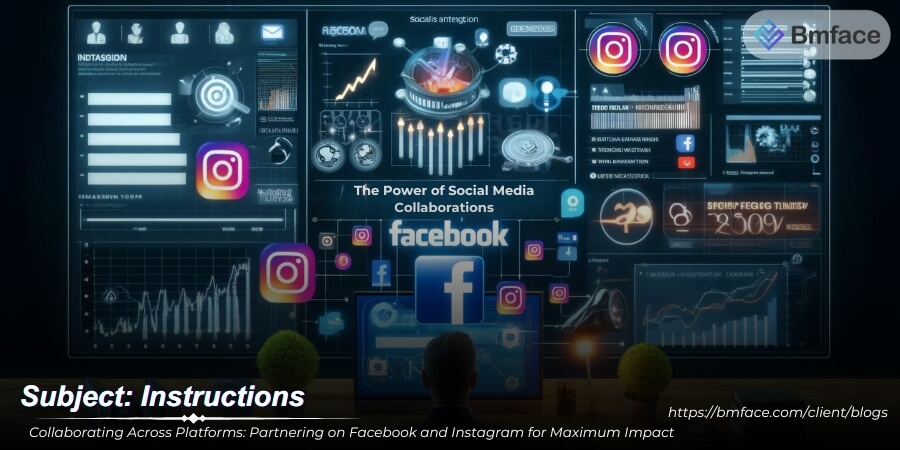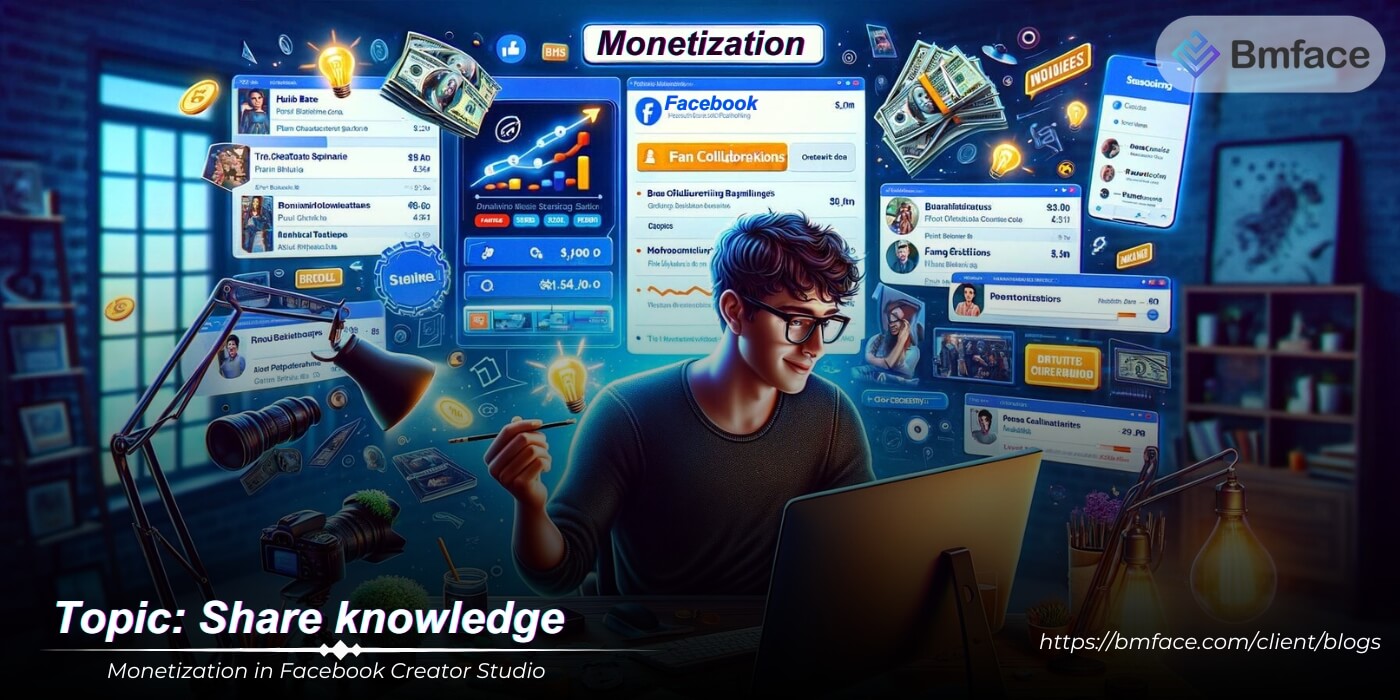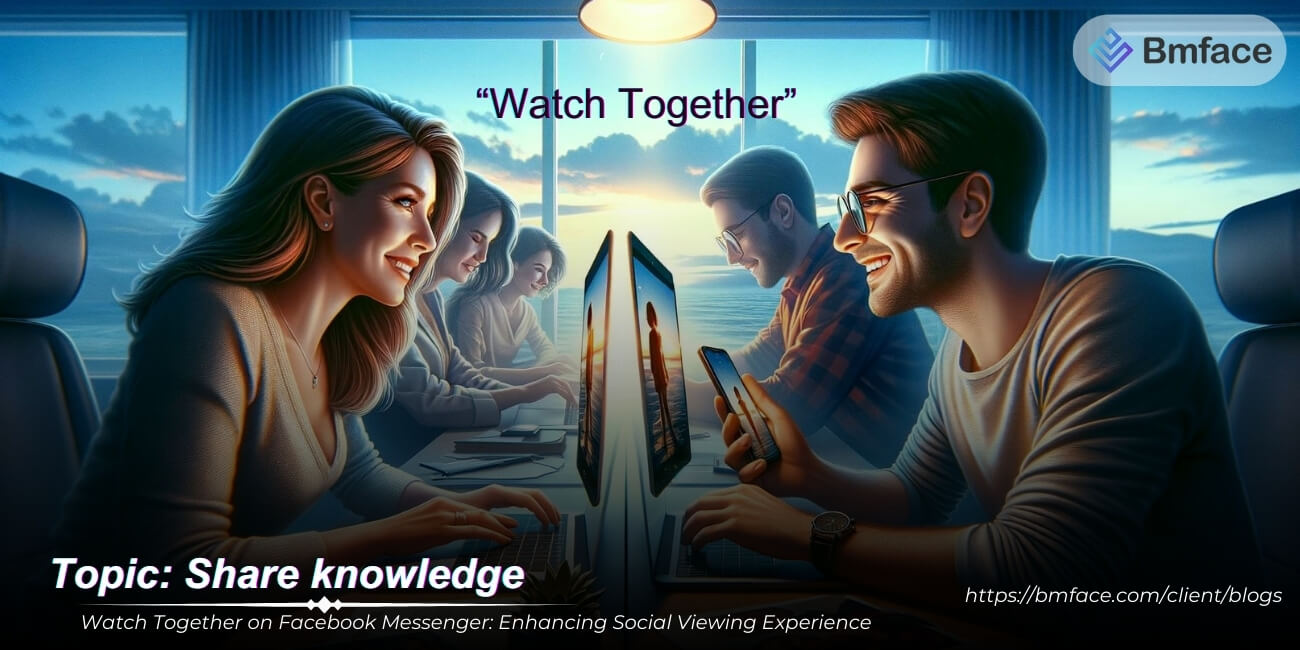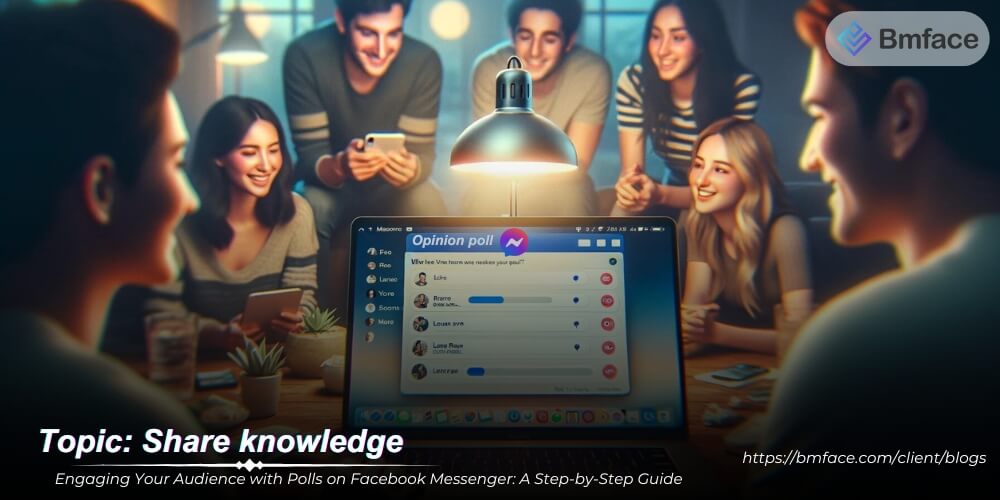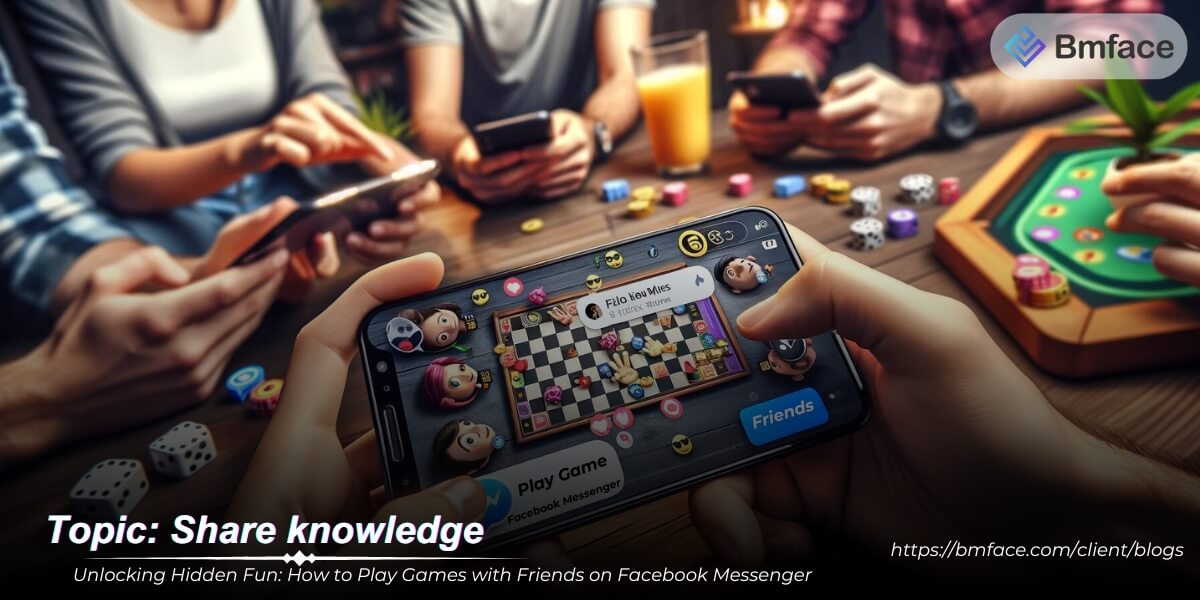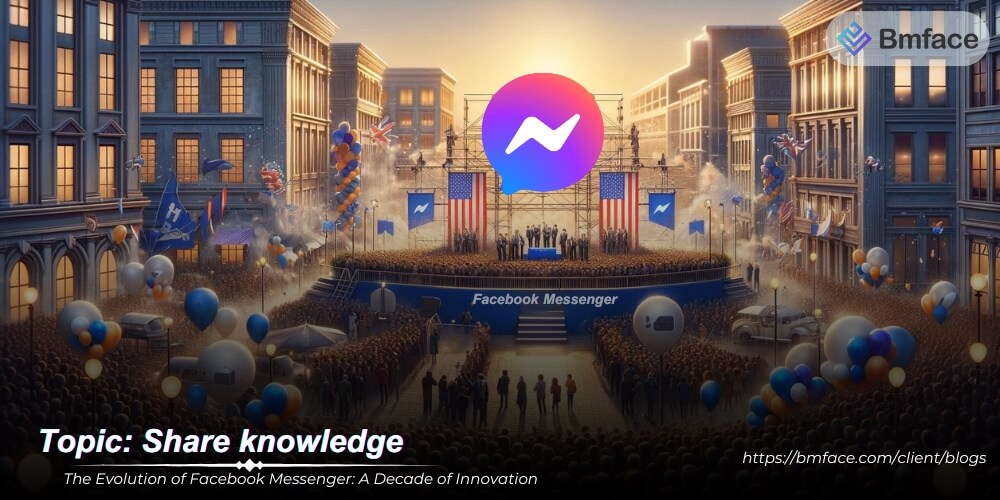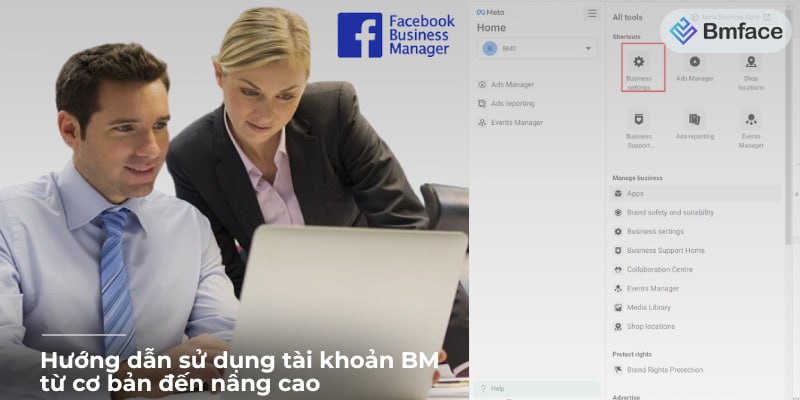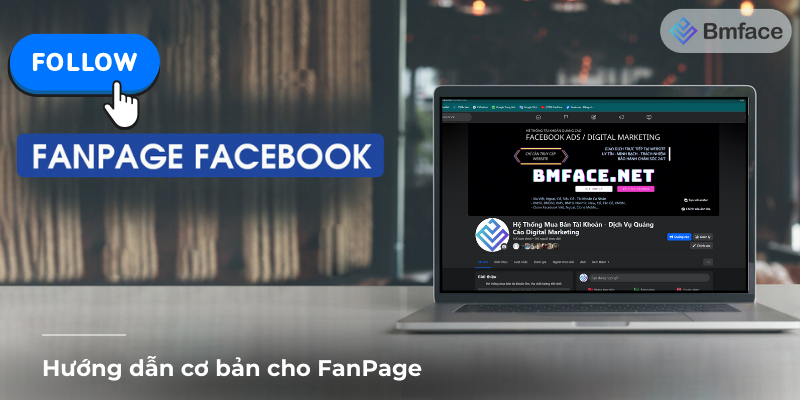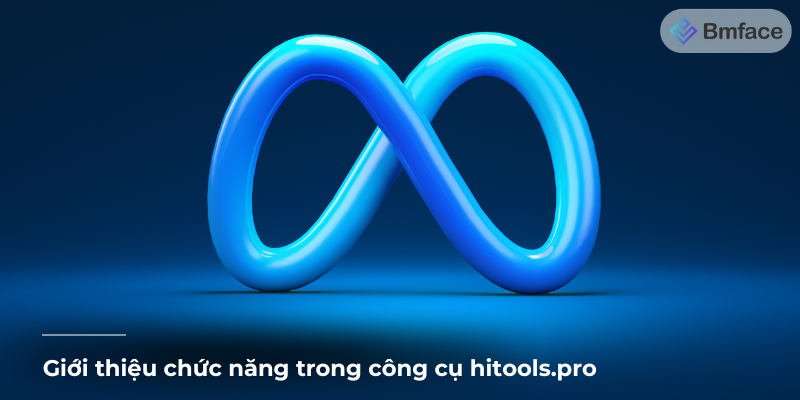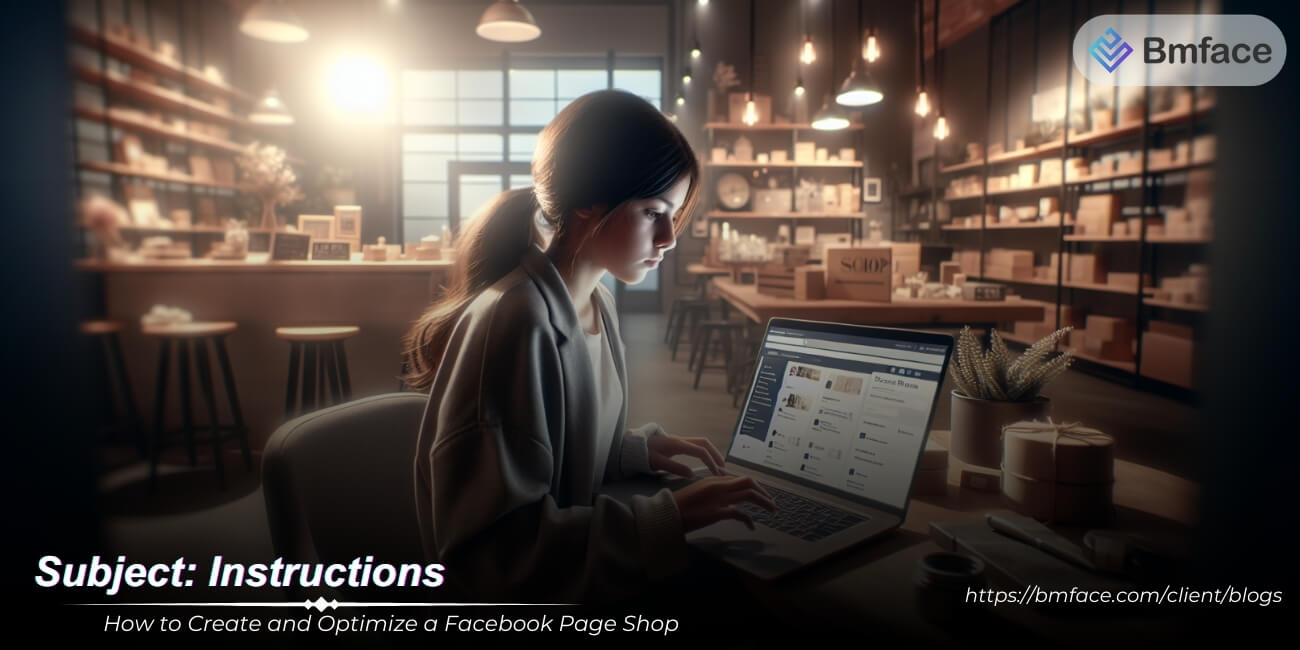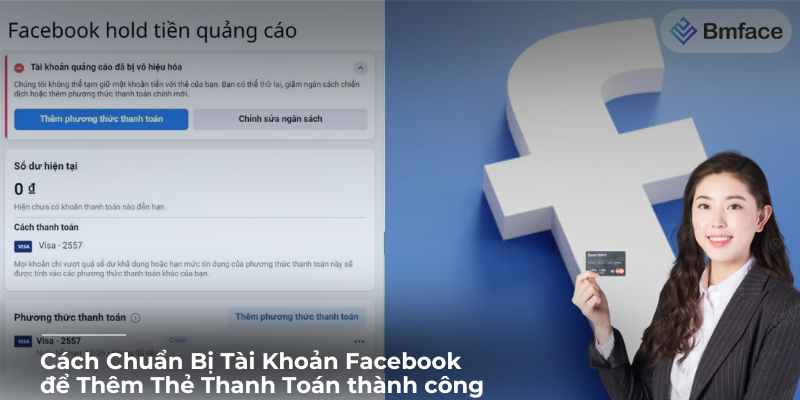In the evolving landscape of social media, collaboration and partnerships have emerged as powerful strategies to expand reach and engage with new audiences. BMface will explore how to effectively leverage partnerships on Facebook and Instagram, ensuring that you maximize the impact of your collaborative efforts.
The Power of Social Media Collaborations
Social media collaborations, especially on platforms like Facebook and Instagram, offer powerful opportunities for brands to enhance their visibility, engage with broader audiences, and drive mutual growth. Here’s a closer look at the benefits of these partnerships and strategies for maximizing their potential:

1, Benefits of Social Media Collaborations
a, Extended Reach and Exposure
- Access New Audiences: Partnering with other brands or influencers allows you to tap into their followers, extending your reach to an audience that might not have been aware of your brand.
- Cross-Promotion: Each party can promote content to their own followers, amplifying the reach much more than individual efforts could achieve.
b, Enhanced Brand Credibility
- Trust Transfer: Collaborating with established influencers or respected brands can transfer some of their credibility to your brand. When followers see a trusted influencer or brand endorsing or partnering with you, it can significantly boost their trust in your offerings.
- Diverse Content: Partnerships often lead to the creation of unique, engaging content that can showcase your products or services in new and interesting ways, which can help maintain audience interest and engagement over time.
c, Cost-Effective Marketing
- Shared Resources: Collaborations can be more cost-effective than traditional marketing campaigns. Both parties share the inherent costs of content creation and promotion, providing a higher return on investment.
- Increased Efficiency: By sharing the workload of campaigns, brands can optimize their marketing budgets and achieve better results with less expenditure.
2, Strategies for Effective Social Media Collaborations
a, Choose the Right Partners
- Alignment of Values: Ensure that the brands or influencers you partner with share similar values and appeal to your target demographics. This alignment is crucial for the collaboration to appear authentic and convincing.
- Relevance: Choose partners whose content and audience relevance closely align with your own. This ensures that the collaboration is pertinent and engaging to the followers of both parties.
b, Leverage Various Formats
- Co-Created Content: Develop content that both parties can share, such as co-branded videos, tutorials, interviews, or live events that highlight the strengths of both partners.
- Guest Posts and Takeovers: Allow influencers or partner brands to take over your social media accounts for a day or vice versa. This can create a buzz and draw attention from a broader audience base.
c, Promote Mutually Beneficial Offers
- Exclusive Deals: Create special offers, discounts, or giveaways that are exclusive to the followers of both partners. This not only incentivizes engagement but also makes the collaboration more tangible to the audience.
- Joint Events or Webinars: Host events or webinars that involve both parties. These can be particularly effective in driving deeper engagement and providing value to the audience.
d, Measure and Analyze the Impact
- Set Clear Objectives and KPIs: Before launching a collaboration, establish clear goals and key performance indicators such as reach, engagement, lead generation, or sales.
- Regular Monitoring and Adjustment: Use analytics tools to monitor the performance of the collaboration continuously. Adjust strategies based on what the data shows about audience engagement and campaign effectiveness.
The power of social media collaborations lies in their ability to combine resources and strengths of different brands or influencers to achieve mutual growth and enhanced visibility. By carefully selecting partners, crafting engaging co-created content, and leveraging each other’s platforms, brands can significantly amplify their reach, credibility, and overall marketing impact. With strategic planning and effective execution, collaborations on platforms like Facebook and Instagram not only drive brand awareness but also foster lasting relationships with new and diverse audience segments.
Establishing Successful Partnerships
Establishing successful partnerships on social media platforms like Facebook and Instagram involves strategic planning and careful partner selection to ensure that both parties benefit significantly from the collaboration. Here’s how to effectively establish and execute these partnerships:

1, Choosing the Right Partners
a, Alignment of Values and Audience
- Brand Compatibility: Choose partners whose brand values resonate with your own. This compatibility ensures that the partnership feels authentic to your audience and strengthens your brand’s integrity.
- Audience Overlap: Look for partners with audience demographics that overlap with yours. This ensures that the content and messages shared will be relevant and appealing to both sets of followers.
b, Complementary Strengths
- Diverse Skills and Assets: Partner with brands or influencers who bring different strengths or assets to the table. For example, if your brand is strong in visuals and aesthetics, partner with someone known for their compelling narratives or extensive reach.
- Resource Sharing: Choose partners who can offer resources such as unique content, access to different technological tools, or marketing reach that you might not possess.
2, Setting Clear Objectives
a, Define Goals
- Specific Objectives: Clearly define what you want to achieve through the partnership. This could be increasing brand awareness, expanding your audience, promoting a new product, or driving more sales.
- Measurable Targets: Set specific, measurable goals such as a certain number of new followers, a percentage increase in engagement, or specific sales targets linked to the collaboration.
b, Planning for Success
- Strategic Planning: Develop a detailed plan that outlines each stage of the collaboration, from the initial announcement to the final assessments. Include timelines, content schedules, and responsibilities for each partner.
- Flexibility in Execution: While it’s important to have a plan, be flexible and ready to adjust strategies based on real-time feedback and results during the partnership.
3, Executing the Collaboration
a, Coordinated Campaigns
- Unified Messaging: Ensure that all communications and content from both partners are unified in style, tone, and message. This coherence will strengthen the campaign’s impact.
- Cross-Promotion: Make the most of each other’s platforms to maximize reach. This might include shared posts, featured stories, or joint live sessions.
b, Leveraging Each Other’s Strengths
- Skill Utilization: Each partner should contribute their best skills to the campaign. For instance, if one partner excels in video production, they should take the lead in creating video content for the campaign.
4, Evaluating and Adjusting
a, Performance Monitoring
- Track Progress: Regularly monitor the campaign using tools like Facebook Insights and Instagram Analytics. Pay attention to engagement metrics, traffic data, and conversion rates.
- Feedback Loop: Create mechanisms to gather feedback from your audience during and after the collaboration. Use surveys, polls, or direct communication to gauge audience reception.
b, Post-Campaign Review
- Review and Learn: After the campaign, review the outcomes against your set goals. Discuss what worked and what didn’t with your partner to learn from the experience.
- Future Planning: Based on the review, plan future collaborations. Identify potential areas for improvement and strategies that can be enhanced for next time.
Successful partnerships on social media are built on a foundation of aligned values, clear objectives, strategic execution, and continual adjustment based on performance data. By choosing the right partners, setting clear goals, executing well-coordinated campaigns, and rigorously evaluating outcomes, businesses can significantly enhance their reach, engagement, and overall brand visibility on platforms like Facebook and Instagram.
Strategies for Effective Collaboration
Leveraging cross-promotion techniques and utilizing the distinct strengths of platforms like Facebook and Instagram can significantly enhance the effectiveness of social media collaborations. Here’s how to implement these strategies to maximize your collaborative efforts and ensure they resonate with broader audiences:
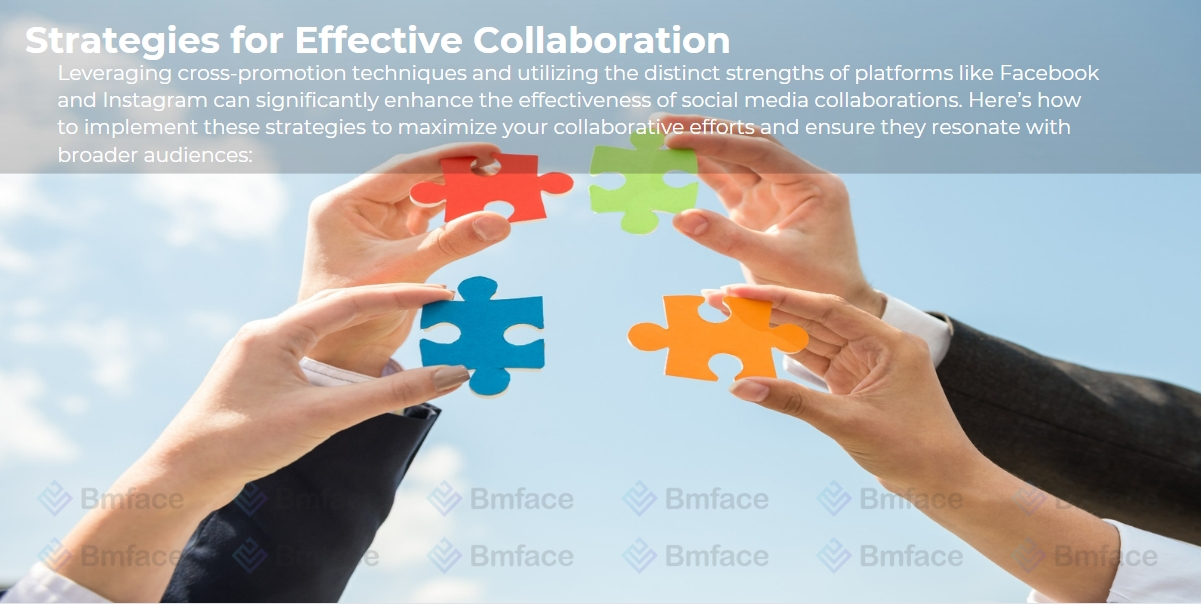
1, Cross-Promotion Techniques
a, Shared Content
- Co-Branded Content: Develop content that features both brands’ identities. This could be joint blog posts, shared infographics, or co-produced videos that highlight each partner's unique contributions.
- Social Media Campaigns: Create campaigns that involve interactive elements such as contests, giveaways, or challenges that encourage participation from both audiences. Use hashtags that represent both brands to track engagement and spread reach.
b, Guest Takeovers
- Instagram Stories Takeovers: Have partners take over your Instagram Stories for a day to share content from a fresh perspective. This can include a day in the life, behind-the-scenes footage, or special promotions.
- Facebook Live Collaborations: Collaborate on live sessions where both partners can interact in real time with the audience, discuss their partnership, and answer live questions. This approach adds a layer of authenticity and real-time engagement.
2, Utilizing Each Platform’s Strengths
a, Facebook’s Broad Reach
- Virtual Events and Webinars: Utilize Facebook’s ability to host and promote events to run webinars, live Q&A sessions, or large-scale virtual events. These events can be used to discuss topics of mutual interest, showcase products, or educate audiences.
- Targeted Advertising: Take advantage of Facebook’s advanced targeting options to promote these events to both existing followers and new potential customers who fit the target demographic.
b, Instagram’s Visual Appeal
- Visual Campaigns: Focus on creating visually striking content that highlights the aesthetic aspects of the products or services being promoted. This can include high-quality product photos, engaging video tutorials, or creative story campaigns.
- Influencer Collaborations: Engage with influencers who are popular on Instagram to create appealing content that can attract their followers to your brand. Influencers can provide credibility and a wider reach within specific communities.
3, Monitoring and Adapting Strategies
1. Engagement Tracking
- Analyze Engagement: Regularly check how shared content performs in terms of likes, comments, shares, and overall reach. Tools like Facebook Insights and Instagram Analytics provide valuable data about how effectively the content is engaging audiences.
- Audience Feedback: Pay attention to how the audience responds to different types of collaborative content and adjust your strategies accordingly.
2. Continuous Improvement
- Refine Based on Data: Use the insights gathered from your analytics tools to refine your approach. For example, if video content on Instagram is performing exceptionally well, consider increasing the frequency of video collaborations.
- Adapt Promotional Tactics: Depending on the success of different promotional activities, adapt your tactics. If certain types of events or promotions are drawing more engagement, prioritize these in your future planning.
Effective collaboration between brands on social media not only broadens your reach but also enhances the depth of your engagement with audiences. By strategically utilizing cross-promotion techniques and leveraging the unique strengths of Facebook and Instagram, you can create a dynamic and impactful social media presence. Continuously monitoring and adapting your strategies based on performance data and audience feedback is key to sustaining success in collaborative efforts.
Engaging New Audiences
Engaging new audiences on platforms like Facebook and Instagram involves a blend of interactive content and strategically targeted advertising. By creating content that encourages user interaction and leveraging the powerful ad systems these platforms offer, you can significantly extend your reach and attract new followers. Here's a breakdown of effective strategies to help you engage new audiences through collaboration:
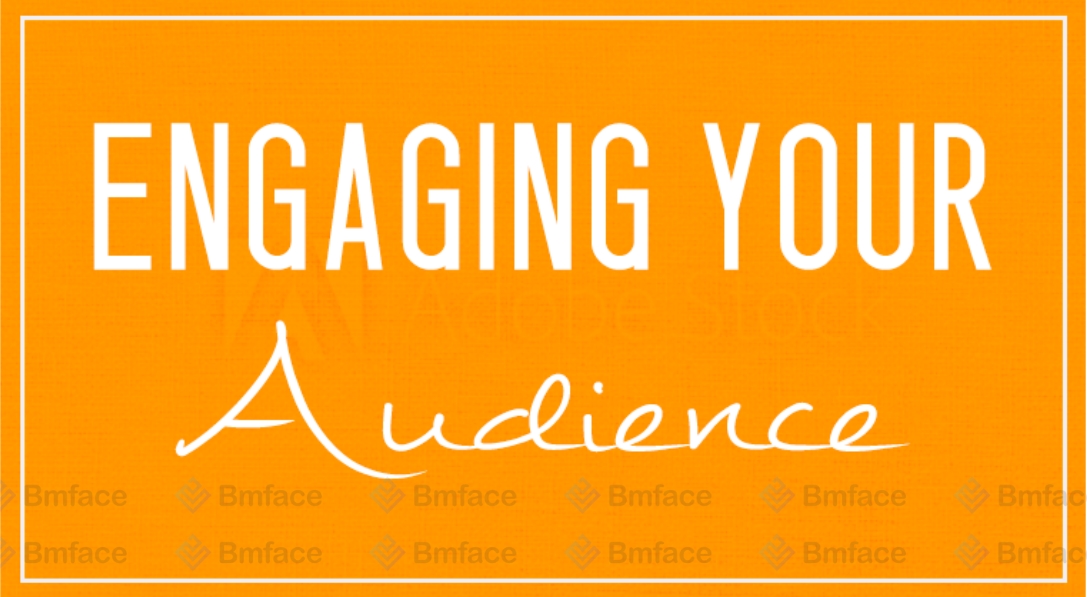
1, Interactive and Engaging Content
a, Encourage Interaction
- Interactive Features: Utilize the interactive tools available on Facebook and Instagram, such as polls on Instagram stories, Facebook live polls, or interactive quizzes. These features make your content more engaging and encourage users to participate actively.
- Q&A Sessions: Host live Q&A sessions where audiences from both platforms can ask questions. This not only increases engagement but also helps in personalizing the user experience and building a connection with new audience members.
- Contests and Giveaways: Organize contests that require participation, such as photo submissions or tagging friends. Make entry contingent on following both accounts involved in the collaboration, which can quickly increase your follower base.
b, User-Generated Content
- Campaigns Involving the Community: Encourage followers to create content related to your brand or campaign. For instance, ask them to share their own experiences with your product or to create content around a theme relevant to your collaboration.
- Feature User Creations: Share user-generated content on your profiles. Recognizing followers by featuring their content not only fosters community but also encourages others to share their own content for a chance to be featured.
2, Leverage Ads for Extended Reach
a, Targeted Advertising
- Define Your Audience: Use Facebook and Instagram ads to reach specific demographic groups that are likely to be interested in your content. Targeting can be based on interests, behaviors, location, age, and more.
- Lookalike Audiences: Create lookalike audiences based on your current followers to find new users who share similar characteristics. This is particularly effective in reaching new potential followers who are likely to be interested in your content.
b, Promote Collaborative Content
- Boosted Posts: Choose high-performing posts from your collaborative efforts and use paid promotions to extend their reach beyond your current followers.
- Cross-Platform Promotions: Ensure that your ad campaigns cover both Facebook and Instagram to maximize visibility across both platforms.
3, Monitoring and Evaluating Success
a, Track Campaign Performance
- Analytics Tools: Utilize the built-in analytics tools on Facebook and Instagram to monitor the performance of your interactive content and ads. Pay attention to metrics such as engagement rates, click-through rates, and conversion rates.
- A/B Testing: Regularly test different types of content and advertising strategies to see what works best for engaging new audiences. Modify your strategies based on the results to optimize future campaigns.
b, Adapt Based on Feedback
- Audience Feedback: Listen to the feedback from new audiences to understand their preferences and expectations. Use this information to tailor your content and ads to better align with their interests.
- Continuous Learning: Stay updated with the latest trends and tools on both platforms. Adapting your strategies according to evolving social media landscapes can help maintain the relevance and effectiveness of your campaigns.
Successfully engaging new audiences through Facebook and Instagram involves creating compelling, interactive content and strategically targeting potential followers through ads. By fostering interaction, leveraging the community, and continuously adapting based on performance data, you can expand your reach and build a larger, more engaged following.
Measuring the Impact of Collaborations
Evaluating the success of social media collaborations is essential to understand their impact and refine strategies for future projects. By analyzing performance metrics and gathering feedback, you can gain insights into what works, what doesn't, and how to enhance the effectiveness of your partnerships. Here’s how to measure the impact of your collaborations effectively:
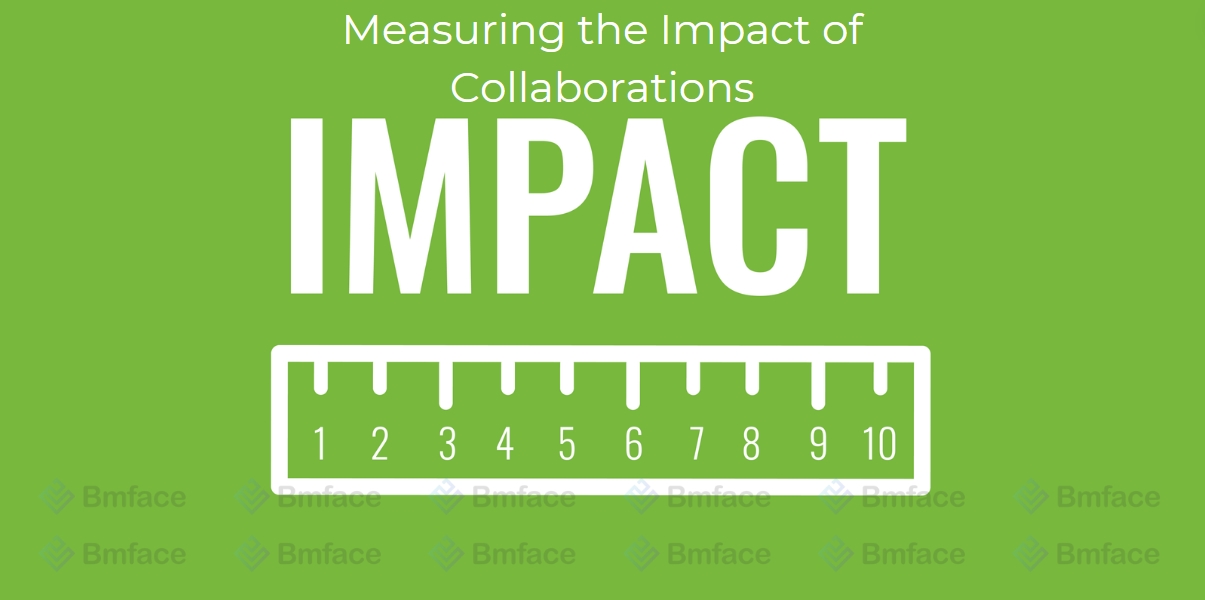
1, Analyzing Performance Metrics
a, Engagement Rates
- Quantitative Analysis: Regularly monitor quantitative metrics like likes, comments, shares, and views to evaluate how much your audience engages with the collaborative content.
- Engagement Quality: Look beyond numbers to the quality of interactions—such as the sentiment in comments or the nature of shared content—to gauge deeper engagement levels.
b, Audience Growth
- Follower Increase: Track changes in follower numbers on both Facebook and Instagram during and after the collaboration to measure direct growth resulting from the partnership.
- Subscriber Insights: If applicable, monitor the increase in newsletter subscribers or other forms of direct audience memberships linked to the collaboration.
2, Feedback and Adjustments
a, Survey Audiences
- Direct Feedback: Use tools like Instagram polls or Facebook surveys to gather direct feedback from your audience about what they thought of the collaboration.
- Insight Analysis: Analyze this feedback to understand audience preferences and perceptions regarding the collaborative efforts.
b, Iterative Improvement
- Lessons Learned: Assess what elements of the collaboration worked well and which didn’t meet expectations. Use these insights to improve future partnerships.
- Adaptation: Be prepared to adapt your approach based on what you learn. This could mean choosing different types of partners, changing the content strategy, or modifying engagement tactics.
Conclusion
Social media collaborations can significantly enhance your brand’s visibility and audience engagement. By choosing appropriate partners, leveraging the unique strengths of platforms like Facebook and Instagram, and creating content that actively engages audiences, you can maximize the benefits of your collaborative efforts. Continuously analyzing the results and integrating audience feedback are crucial to refining your approach and achieving greater success in future collaborations. Make sure to keep learning from each campaign and apply those lessons to continually optimize the impact of your partnerships.
For more insights and updates on effective social media strategies, make sure to follow Bmface and our tutorial blog, where we share the latest and most effective content marketing tips.
Cảm ơn bạn đã theo dõi bài viết. Mua hàng tại Bmface.com để ủng hộ đội ngũ Admin viết thêm nhiều bài viết hay. Xin cảm ơn!


